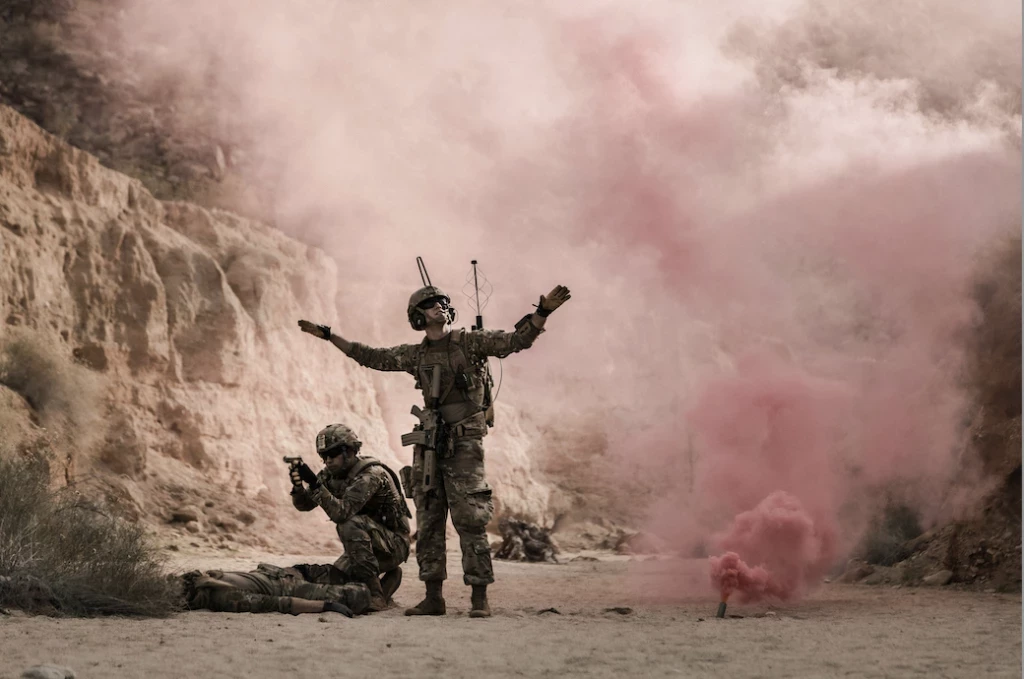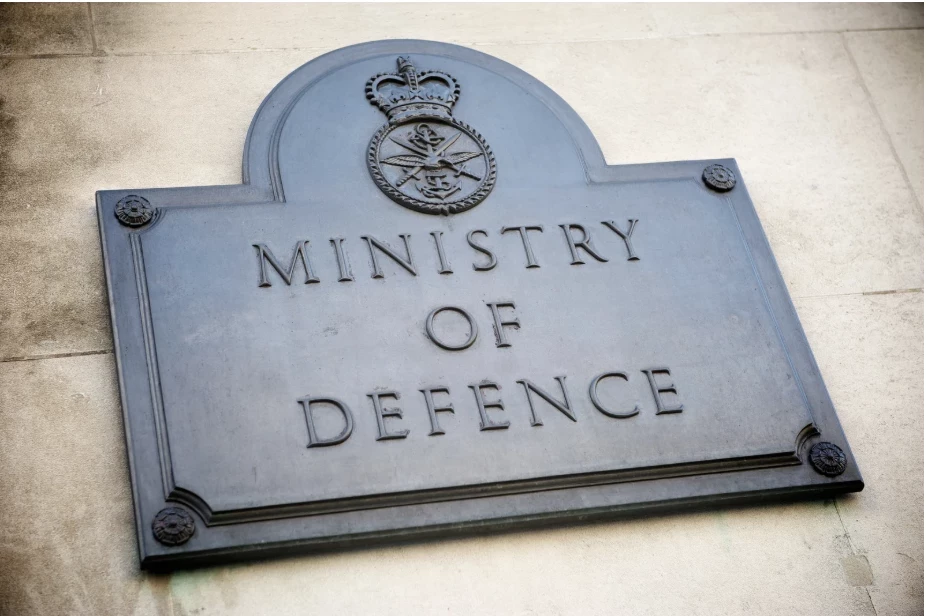Pentagon official lauds services for energy strategies
Add bookmarkWASHINGTON, Dec. 7, 2011 – The Defense Department is the largest energy user in the country, but the military services are doing their part to further renewable energy, a senior Pentagon official said here today.
Speaking at the American Council on Renewable Energy, Dorothy Robyn, deputy undersecretary of defense for installations and environment, praised the services for their efforts in support of the Defense Department’s energy strategy.
"Each of the services has a very impressive approach," she said. "The Navy got out there first. The Navy, of course, has been doing geothermal for many years."
Robyn chronicled each service branch’s projects and efforts on installations throughout the country, with the Navy leading the way.
"China Lake is a 270-megawatt geothermal plant that has been operating since 1987," she said. "The Navy has been taking advantage of [U.S. Code] 2922A authority – power purchase authority.
"We are the only agency that can use that authority for up to 30 years," Robyn continued. "That authority originally had to go up to [Secretary of Defense Leon E. Panetta] for approval. It’s now been delegated to me, so I now sign off on these projects. The Navy has exercised some agreements that go out 20 years. One of them will put a 13-megawatt solar [photovoltaic] plant at China Lake."
With each service carrying out projects, Robyn said, she may further delegate the USC 229A authority to her service counterparts.
The Army stood up its Energy Initiatives Office over the summer, Robyn said.
"The Army believes that to achieve their goals for renewable energy, they need to do $7 billion worth of renewable energy projects on their installations," she said. "So they have recruited a gentleman from the Department of Energy to kick off this office. It is a big, big effort, [and] it will be almost entirely done using third-party financing."
Robyn cited Nellis Air Force Base as one of the "crown jewels" of DOD, noting that its energy initiatives prompted a visit from President Barack Obama in May 2009.
The sheer size of the Defense Department -- with 300,000 buildings and 200,000 fleet vehicles – makes energy projects all the more important, Robyn told the audience.
"We are … the largest energy user in the country," she said. "We have a big bill, even by DOD standards, because we have such a large built infrastructure. We have three times more building space even than Wal-Mart, [and] six times more than [the General Services Administration]."
As with any large-scale organization, Robyn pointed out, the Defense Department faces challenges.
"We have more than 400 threatened and endangered species on our installations," she said. "We are, among other things, a serious environmental steward. As with all things, we do that out of self-interest. We take care of threatened and endangered species to preserve the land so we can use it for testing and training. The desert tortoise is a particular challenge for any of you trying to do solar in the southwest."
Robyn expressed optimism in the DOD’s efforts moving forward in terms of energy strategy and working with the American Council on Renewable Energy.
"We’re very excited about what we’re doing," she said. "We think this is just absolutely critical to it, and [I] look forward to working with you in the coming months and years."
By Army Sgt. 1st Class Tyrone C. Marshall Jr.
American Forces Press Service






















